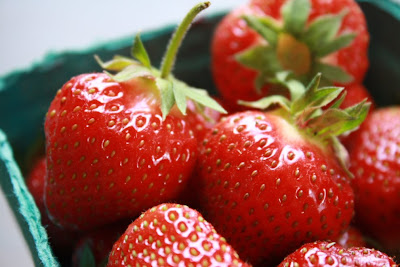It is not necessary that you forget to give your yoghurt its hot water bottle in order to make waffles, but such was the inspiration for these. Without its hot water bottle, as warm as it is in my bathroom, my yoghurt will not form properly. That's what happened last week. Instead of yoghurt I ended up with two quarts of gently soured milk. I couldn't just throw it away. Well, I did throw some of it away, but I saved one quart of it and stuck it in the door of the fridge, certain I would think of something to do with it. The something I thought of was waffles.
Waffles
to serve 4-6
- 2 cups white whole wheat flour
- 1 1/2 cups sour milk, buttermilk, yoghurt, kefir, or or or
- 3 eggs separated
- 2 Tbs. butter
- 2-4 Tbs. maple syrup
- 1 tsp. vanilla
- 1 tsp. salt
- 1/2 cup rolled oats
- 1 cup water
- 1 Tbs. yoghurt or whey
- Combine the flour and your chosen fermented dairy product, cover, and leave in a warm place for 12-24 hours. Soak the oats overnight in 1/2 cup of the water, warmed, and the tablespoon of yoghurt or whey. The next morning, don't throw away the flour mixture and opt for cereal instead if a brown-black sludge has developed on the top. Stir it in, instead, watch it disappear, and forget it ever existed. (I have it on good authority that this sometimes happens with sourdough starters and it is perfectly harmless, if a little unappetizing.)
- Melt the butter, add it to the flour mixture, then cook the oats with the remaining 1/2 cup of water in the same pot.
- To the sour milk-flour-butter mixture add the yolks, syrup (more or less, depending on the sweetness of your tooth), vanilla, and salt. Once the oats are cooked, allow them to cool slightly, then add them to the batter.
- Whip the egg whites with a pinch of salt until stiff. Fold them into the batter.
- Cook in a waffle iron and serve waffles as they come out, or keep them warm in the oven so everyone can eat together.
Serve with good butter and maple syrup or honey or jam
If you like crispy waffles, these are not for you. If you, as I,prefer soft, slightly chewy, almost sourdoughy waffles, they most certainly are. And the best thing about having waffles for breakfast is having them again at tea time, so be sure to save the leftovers.

















